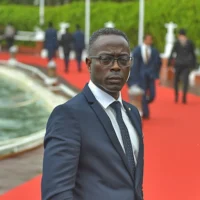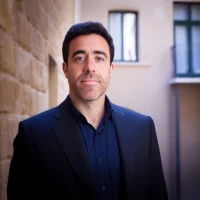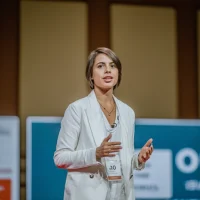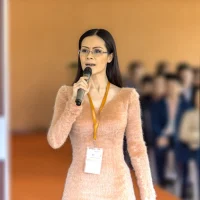In every edition of the SEO Elite Awards, a new panel of judges is carefully selected at random from an extensive network of recognized SEO professionals worldwide.
This unique approach ensures that no single perspective dominates and that each year’s evaluations remain objective, transparent, and fair.
The selection process begins with a curated pool of qualified experts, each with proven achievements in technical SEO, content strategy, analytics, and digital marketing leadership.
From this pool, the system performs a blind random draw, guaranteeing that the final panel is diverse in geography, specialties, and industry backgrounds.
This method not only protects the integrity of the awards but also provides fresh insights and up-to-date best practices, reflecting the dynamic nature of the search landscape.
The distinguished professionals listed below served as judges in previous editions, setting a high standard of excellence that continues to inspire new panels every year.
Judges of
Previous Editions

Daniel Hughes
Head of Technical SEO, WebSphere Analytics

Michael Grant
SEO Strategy Director, MarketReach Digital

Javier Torres
VP of Global SEO, SkyRank Media

Ethan Cole
Chief Data & Search Scientist, RankLogic Labs

Rajesh Patel
Founder & Technical Architect, CrawlMaster Solutions

Emily Carter
Director of Organic Growth, BrightPath Marketing

Sofia Moretti
Co-founder & SEO Lead, Global Visibility Agency

Aisha Khan
Head of Digital Experience, InsightSpark

Laura Chen
Senior Analytics & SEO Consultant, DataWave Digital
faq
What exactly defines technical excellence in SEO Elite Awards evaluation process?
Technical excellence means demonstrating structural, performance, and governance mastery, all backed by verifiable data and measurable results.
We look at:
• Architecture & crawl control – clean taxonomies, optimal indexation, and robust handling of faceted navigation so that search engines can discover and understand content efficiently.
• Rendering & performance – modern JavaScript strategies (SSR/ISR when appropriate), consistent Core Web Vitals, and proactive error-budget management to avoid regressions.
• Data integrity & structured signals – precise schema markup, healthy feeds, and server-log validation that confirm correct bot access and indexing.
• Governance & monitoring – documented change-management, automated alerts, and clear rollback procedures to keep the site stable under continuous updates.
Higher scores are granted when technical decisions directly translate into measurable SEO or business gains—for example, Core Web Vitals improvements that lifted rankings or conversions—and when clear safeguards prevent future regressions.
How do you reward innovation and the use of AI while ensuring that no unsafe or manipulative tactics are promoted?
Innovation earns points only when it is safe, transparent, and rigorously tested.
Judges look for:
• Clear problem definition and hypothesis – showing why a new approach was needed.
• Controlled experimentation – proof of testing, iteration, and validation (A/B tests, pilots).
• Risk management – strong quality gates, human review of outputs, deduplication systems, and toxicity/privacy checks.
AI must enhance efficiency, personalization, or insights without breaching user privacy, intellectual property, or search-engine guidelines. Link acquisition must remain editorial and transparent, avoiding private networks, paid schemes, or cloaked outreach.
The best entries show a documented learning loop (test → measure → refine) and evidence of scaling responsibly, proving that creativity and compliance can coexist.
How do you guarantee that the judging process is fair for participants from different regions, industries, and resource levels?
Fairness is built into the evaluation framework:
• Blind first-round review – where feasible, judges do not see agency or brand identities, and any potential conflict of interest leads to recusal.
• Context-based normalization – scores are adjusted for market maturity, competition intensity, and resource constraints so that a small startup can compete with a global enterprise on equal footing.
• Segment-specific benchmarking – entries are compared within similar categories (B2B vs. B2C, marketplace vs. publisher) to ensure apples-to-apples evaluation.
• Calibration and consensus – judges align on a shared rubric and scoring model before finalizing winners.
This multi-layer process ensures that evidence and execution outweigh sheer brand size or budget, allowing exceptional work from any market or team size to be recognized.
When do submissions for SEO Elite Awards open and close?
Each annual edition follows a published timeline to give teams enough time to prepare strong entries.
• Opening date – The call for entries is announced on our official website and newsletter, typically in early Q2 (exact dates confirmed each year).
• Submission window – Remains open for several weeks to accommodate different time zones and team schedules.
• Closing date – Clearly stated in the call for entries; late submissions are not accepted to ensure fairness.
• Evaluation and results – After the deadline, judges review entries, and finalists and winners are announced according to the calendar on our site.
We recommend subscribing to the SEO Elite Awards newsletter or checking the official site regularly so you don’t miss key deadlines.
